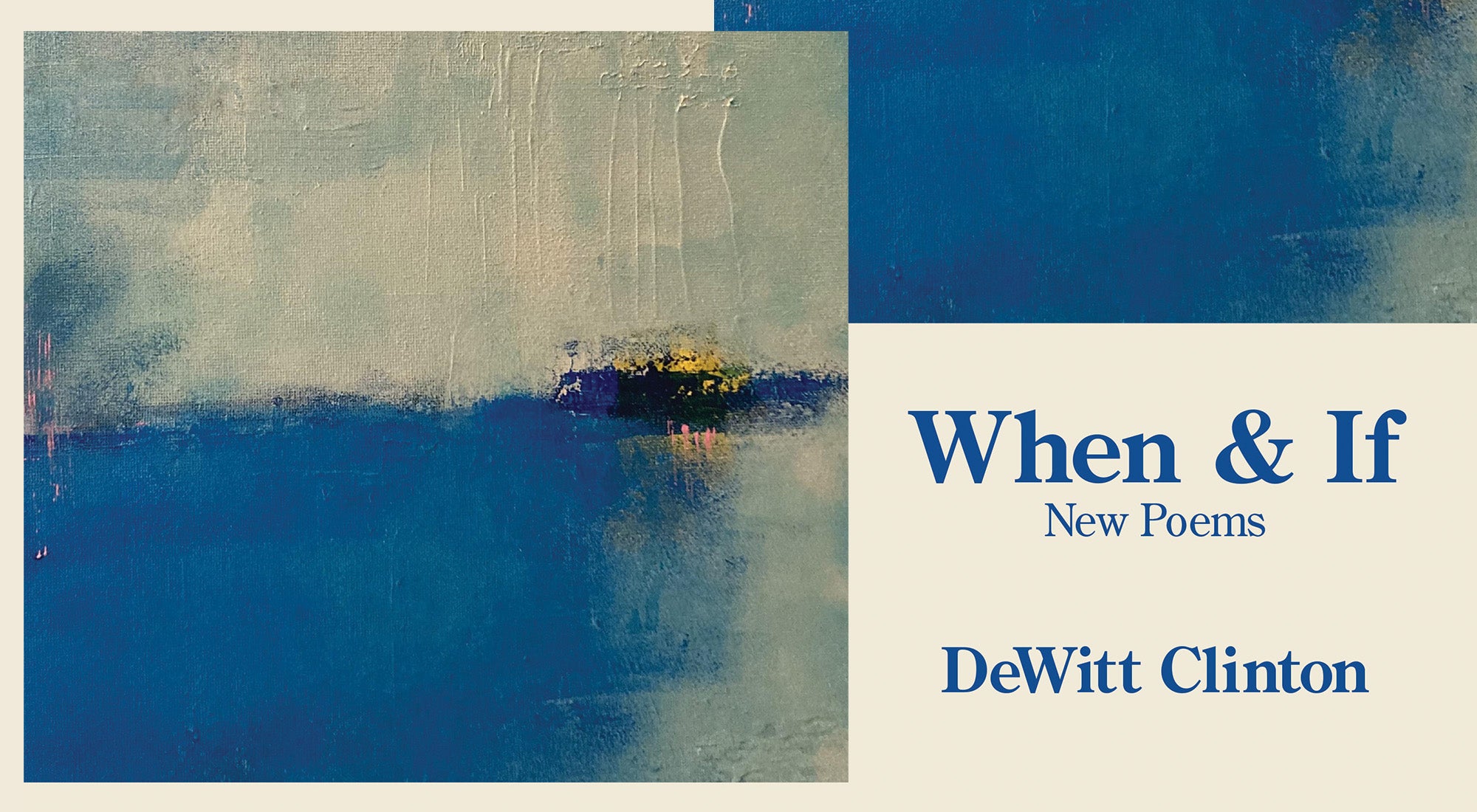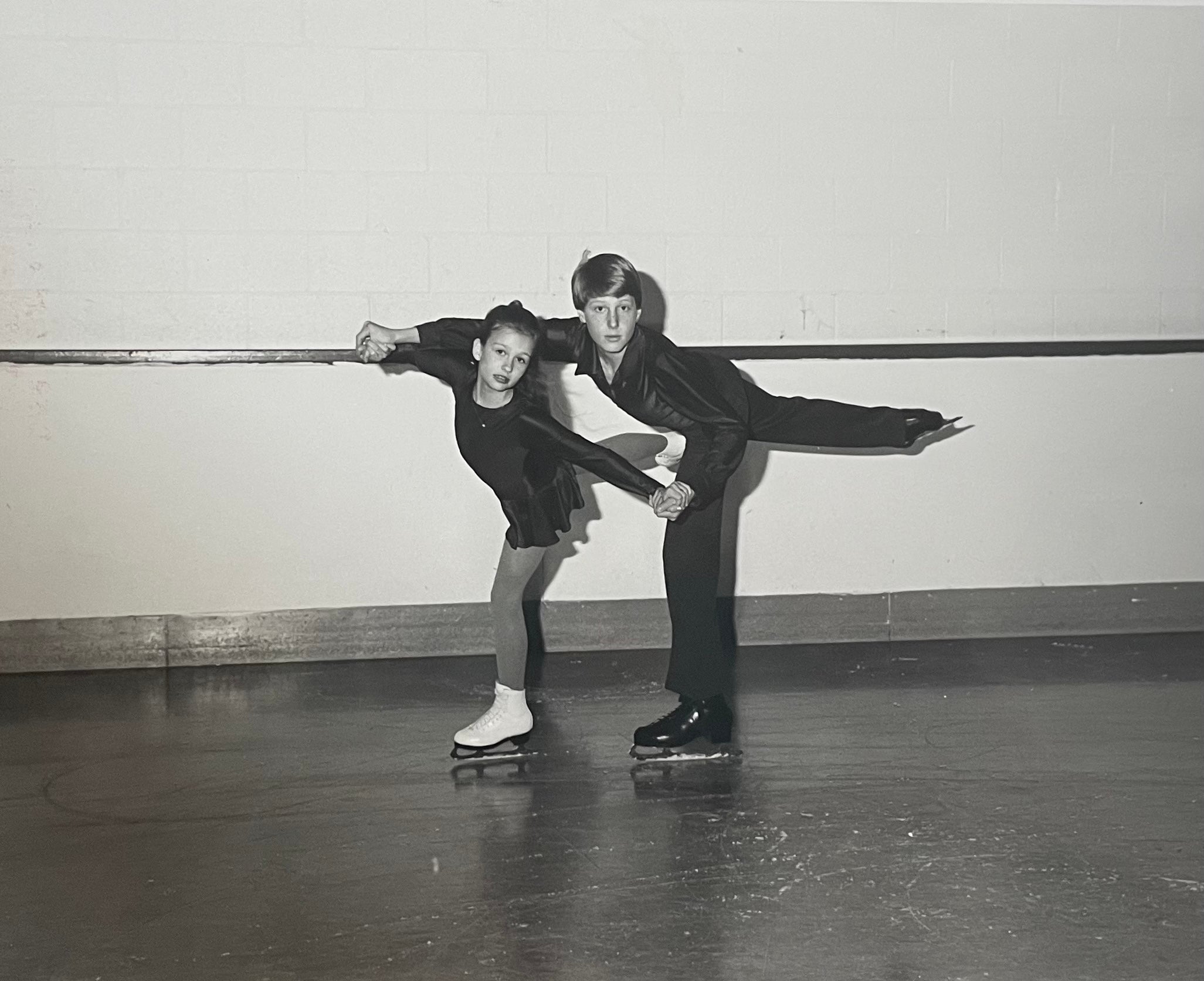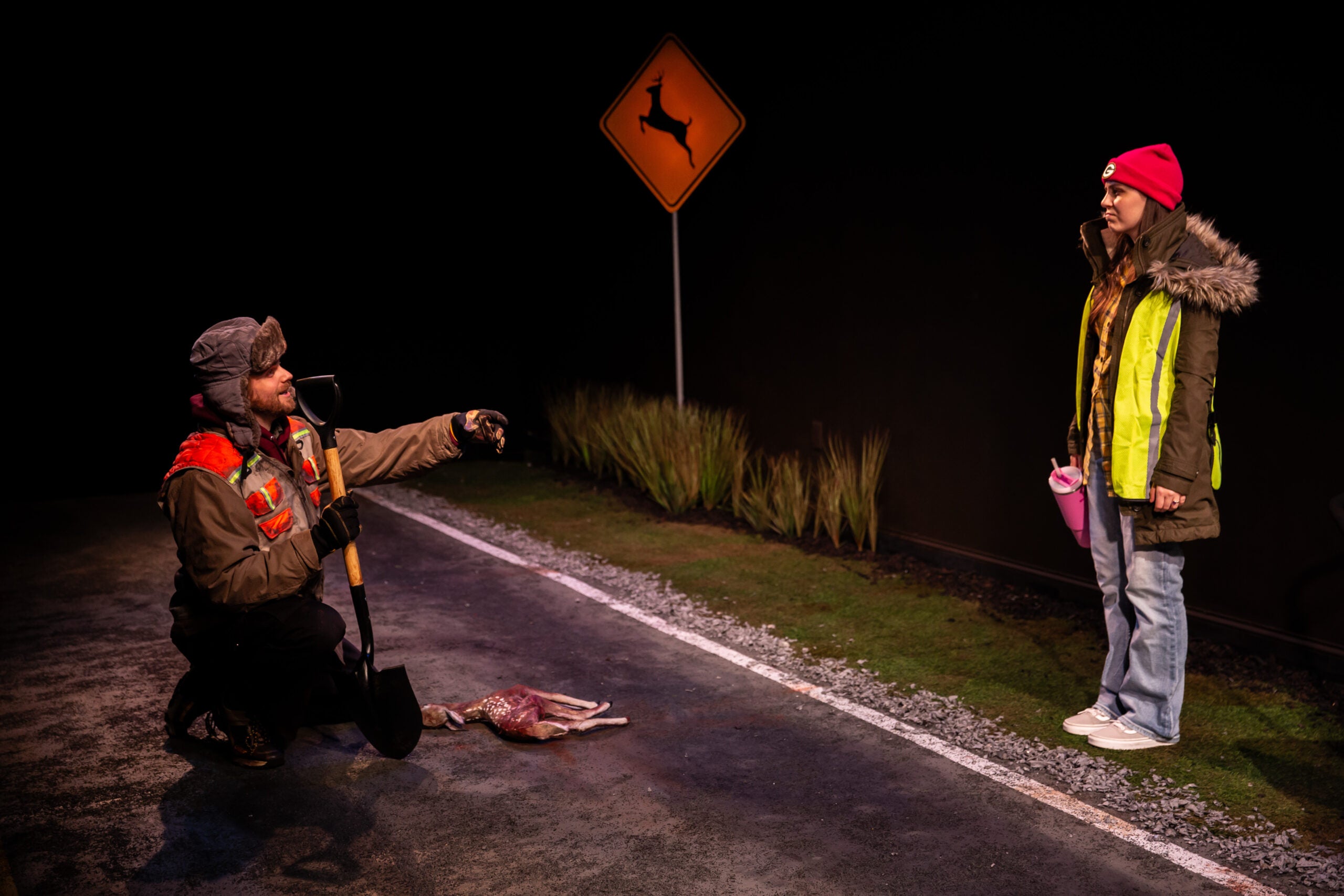Don Zolidis’ love of writing came from being bored as a child.
“I found myself always daydreaming and always imagining things and always sort of creating little narratives,” he told WPR’s “Wisconsin Today.”
Zolidis grew up in Janesville, where he discovered a creative outlet in the classroom.
News with a little more humanity
WPR’s “Wisconsin Today” newsletter keeps you connected to the state you love without feeling overwhelmed. No paywall. No agenda. No corporate filter.
“My friends always enjoyed reading these rather satirical stories that I would write about my middle school teachers. So I apologize to my middle school teachers out there,” he said.
Now Zolidis is one of the most prolific playwrights in American schools. He has written more than 150 plays for young people.
He estimates about 500,000 people have performed in his plays, and 2,600 productions of his were performed worldwide in 2024. His plays offer middle and high schoolers an artistic space to explore tough issues — he doesn’t shy away from topics like death or mental health.
Zolidis talked about what it’s like to write plays for young performers, how he sustains creativity and his most recent play about death.
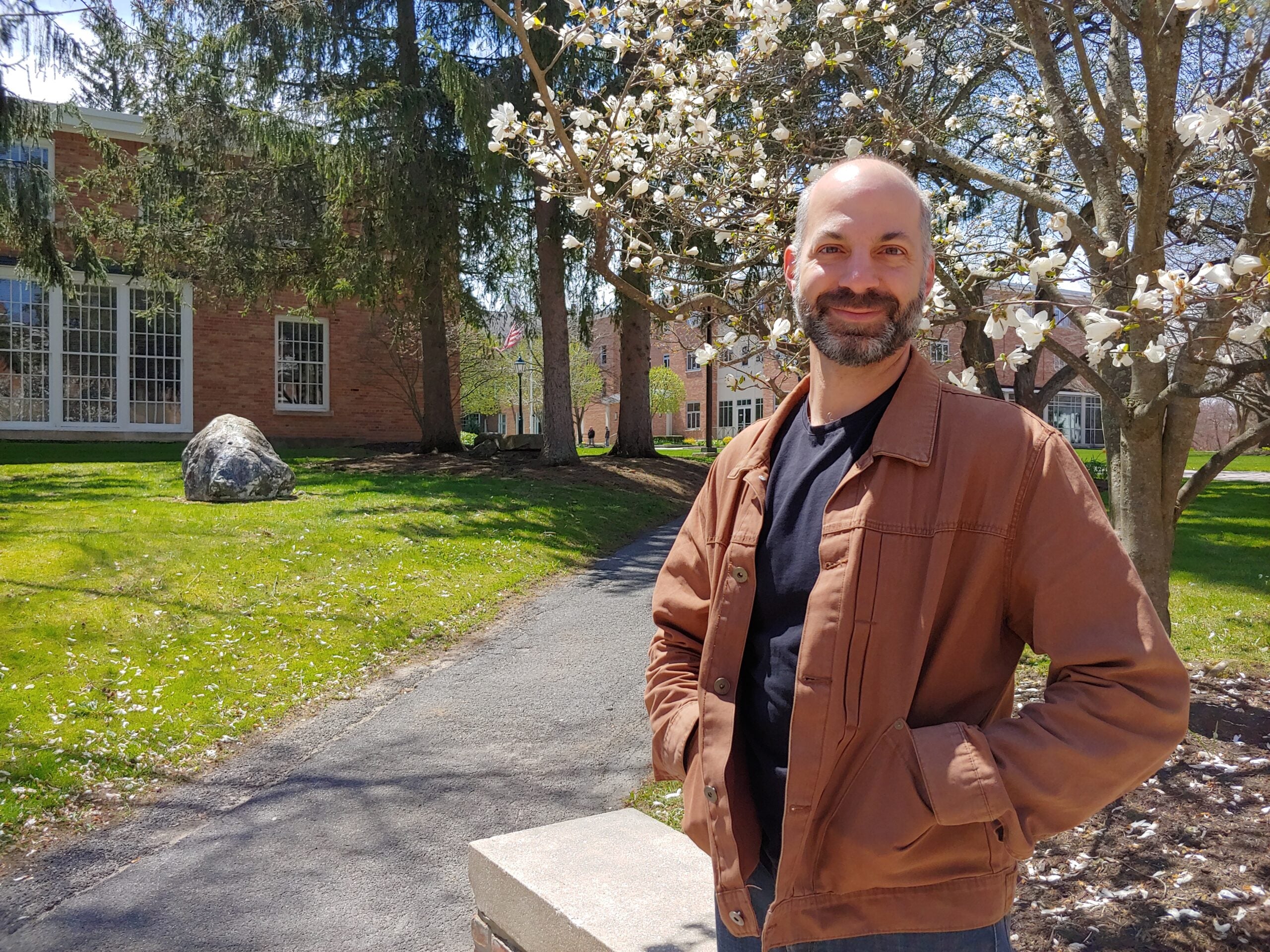
This conversation is edited for clarity and brevity.
KAK: What do you take into consideration when writing a play for youth versus writing a play for adults?
DZ: It’s almost the same process. I really try to utilize all of my skill, all of my talent. Everything that I would write in a play for adults, I put it in a play for young people. I don’t limit myself for vocabulary or complexity. I’m really just trying to tell a story that might appeal to younger people but doesn’t insult their intelligence, isn’t cheesy and doesn’t speak down to them.
KAK: How do you approach topics that are difficult in your plays, like social media or cyberbullying, or mental health with young people?
DZ: Young people know if you’re not telling the truth. So when I’m dealing with a difficult subject matter, I am just trying to be honest, be truthful and really deal with multiple sides of things.
I think where sometimes plays for young people get this reputation of being simple or child stuff is when they try to simplify something that is actually much more complex.
KAK: Would you write characters who have different perspectives? How would you go about that in your cast development?
DZ: That’s a great thing that theater does, probably better than any other art form, is that it’s able to show multiple sides of the same subject. If there is a difficult conundrum, in a play, you can put people on both sides of that argument and ideally both of those sides are correct, and both of those sides are believed in by the people who are arguing them. A play really isn’t something that provides answers. A play is something that questions a subject.
For instance, one of the plays that I wrote is about the Badger Munitions factory in Wisconsin and is set during World War II. There’s a moment in the play where the women who work at the plant realize that they’re not being paid the same amount of money as the men. So there’s a movement among some of them to strike for better wages. On the other side, there’s other people who are arguing that going on strike in a munitions factory during a war will harm people that they care about and love. The play doesn’t really take a side in that argument. The play presents the argument and the audience is left to discover and to think about what they really think about that issue.
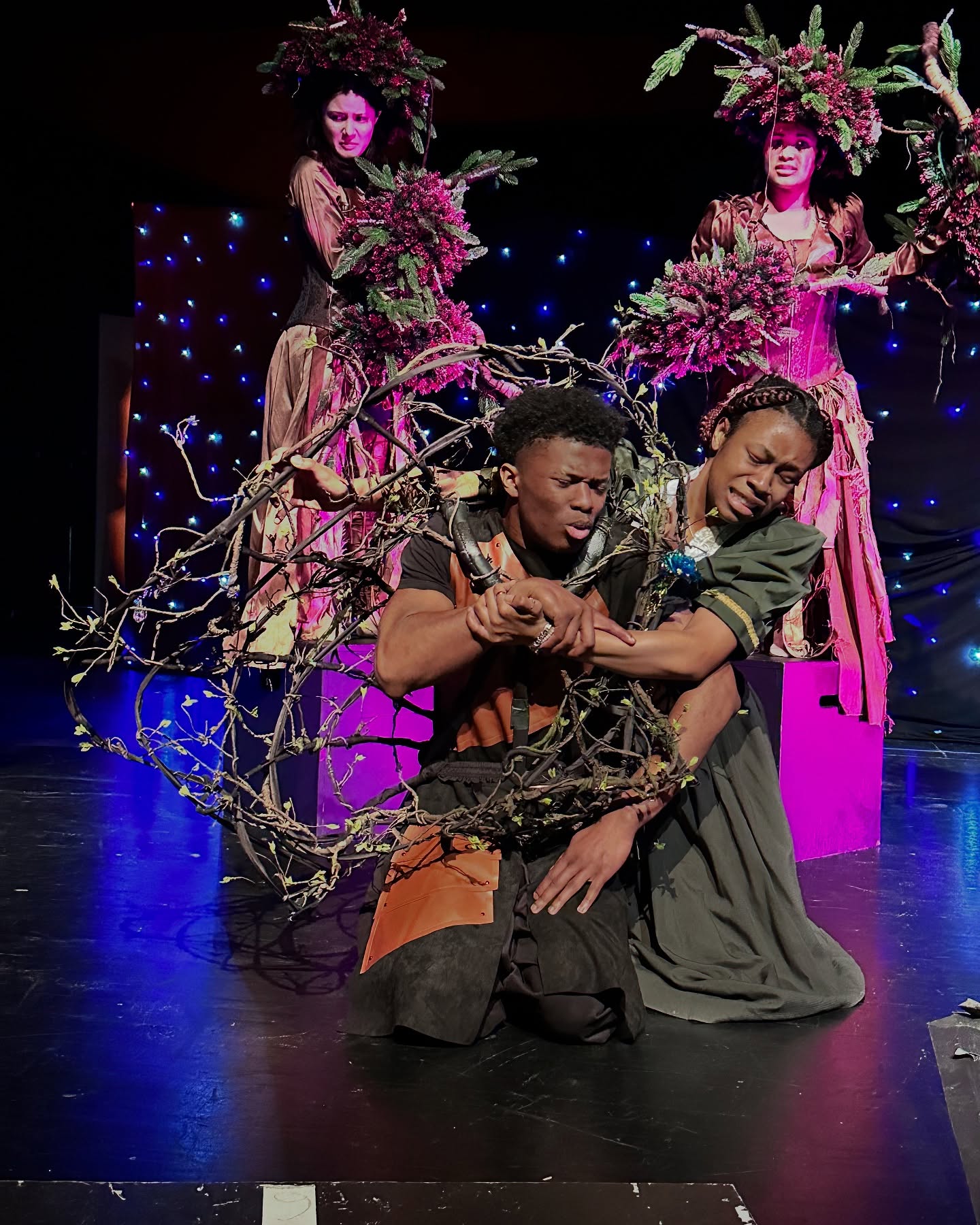
KAK: How do you stay disciplined and just keep your creative juices flowing?
DZ: I tell this to kids all the time, that people think that creativity is a talent, that it’s something that you’re born with. But I think that creativity is a skill, which means it is something that you can get better at the more you do it.
I’m constantly coming up with ideas for new shows, and that’s kind of how I spend my day. And since I’ve done so much of it, I’m actually quite good at coming up with ideas at this point. Because I’ve exercised that muscle so much, I always feel like there’s more ideas to come.
KAK: Your most recent work, “The Price,” is about death. What would you like students to learn from it?
DZ: It’s based on a Hans Christian Andersen fairy tale, “The Story of a Mother.” And if I go into the story too much, I’m going to cry. It’s probably the most beautiful fairy tale I’ve ever read.
It’s a story about a mother whose small child is sick and is taken by Death one night, and the mother essentially hunts down Death and chases after him to get her child back. In the process of doing so, she has to give up everything. She trades her eyes away in order to get across a lake. She gives up her youth. She gives up her songs.
There’s a very beautiful moment where the mother finally makes her way to this greenhouse where Death lives. There’s a flower for every life in the world and Death is about to cut or pull up the flower that’s her child’s, and the mother grabs a random other flower and threatens to pull that one up instead. And Death shows her what that life is that she was going to pull up. It’s this amazing, beautiful life of this person who lives 80 years. Then there’s this question that she asks, which is, “Why does one child get so little life and one child gets so much?”
And I think that is a devastating thought. It’s a thought that, if you’re an adult in the audience, if you’re a child in the audience, if you’re elderly person in the audience, you can think that same thing. And the play doesn’t give you an answer to that question.
KAK: Do you find that young actors have the ability to feel such profound sadness on stage?
DZ: I think they do. And I think that’s part of not underestimating young people, because they’re able to think and feel just as much as an adult.



